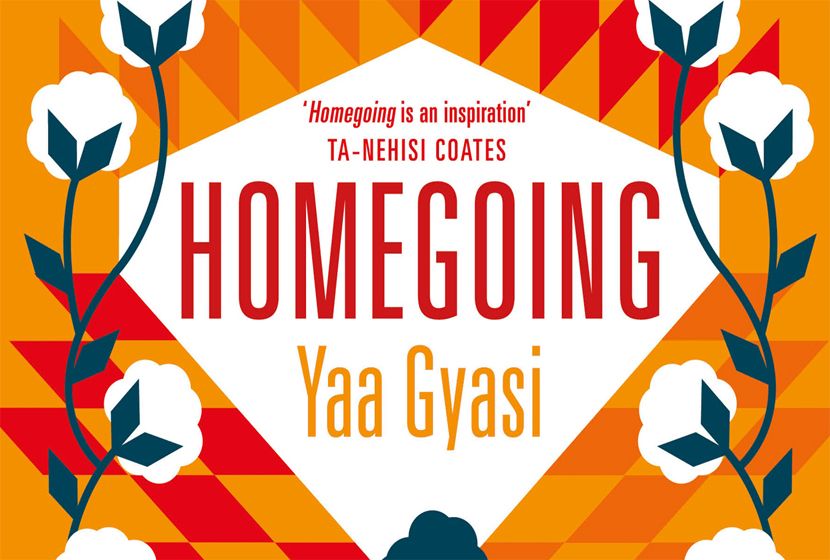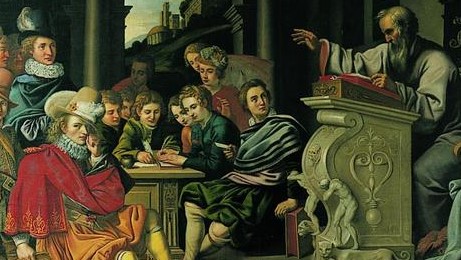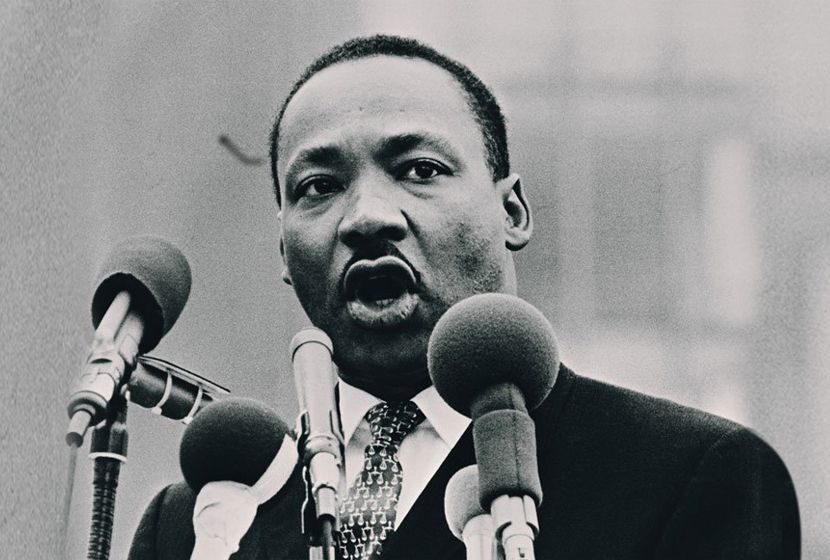Yaa Gyasi’s “Homegoing” refers to storytelling as a way to describe history. She wrote her book to describe experiences that people shared with her from the United States. In turn, people shared their history with their kids, and it defined the future of generations. The main idea of her book is to show people that history defines the future of people. Thus, creative writing short stories as storytelling in Gyasi’s “Homegoing” can help people to overcome racial issues and make a better future for children in the whole world.
Introduction
Nowadays, many people in the United States are suffering because of racial injustice. It is because they have different colors of the skin, beliefs, history, traditions, and stories. Many scientists develop their theories on what happened in the past by using manuscripts, records, and other types of historical evidence. On the other side, a writer, Yaa Gyasi, decided to create a novel “Homegoing” where he used stories as the historical evidence of different periods, such as the Reconstruction, the Great Migration, and racial discrimination. In particular, Yaa Gyasi wrote a novel “Homegoing” where he covered the causes and effects of racial inequality by using the history and storytelling of the different characters to show the readers that historical events, people, and stories may change the lives, solving mistakes of the past times.
Storytelling and Racism in the Short Stories
Firstly, people write history, affecting its sense, meaning, and trustworthy, and others may understand the causes of racism and prejudices. The fact is that the history of storytelling helps people to find the best way to show others what happened in the past. In this case, stories by others allow them to consider facts to find the truth. In the novel “Homegoing,” Gyasi used some characters to describe a theme of racism. For example, Quey is a boy from a family of

Racial Issue
Gyasi reshapes views on the racial issue and prejudice because of Quey’s marriage with Nana Yaa who is the daughter of the Asante king. This aspect supposes that the person is used to cause others by implementing the education of another nation and interacting as a trustworthy source. Since a representative of the tribe married with the education person, it meant positive relationships between parties. Such ideology of political marriages was used between kingdoms in Europe. It was racism because the one side lost its position. Not all of the parties can protect their rights after the marriage (Scott par. 4). Therefore, the dominant power affects history by using education and relationships to change others.
The History of Storytelling in Creative Writing Short Stories
The history of storytelling also helps to define the best realistic scenario of what happened. This aspect supposes that the person is used to cause others by implementing the education of another nation and interacting as a trustworthy source. Since a representative of the tribe married with the education person, then it meant positive relationships between parties. Such ideology of political marriages was used between kingdoms in Europe, but it was racism because the one side lost its position. It is important to consider that not all of the parties can protect their rights after the marriage (Scott par. 4). Therefore, the dominant power affects history by using education and relationships to change others. However, the history of storytelling helps to define the best realistic scenario of what happened.
Racial Injustice
Then, Gyasi’s “Homegoing” is about stories of different people that creates a background for racial injustice. For instance, Maame who is a mother of Esi and Effia is sure that the power is what defines the domination (Gyasi ch. 2). In simple words, since Maame was a slave and had a difficult life. She saw the whites as a dominant power. Other characters have their stories too, but their angle is different because of their social role. The book also covers different the Reconstruction period, the Great Migration causes and effects, and the mass incarceration of African-American people (Kakutani par. 4). If stories are different from opposite sides, this aspect supposes that historical events have a conflict. In this case, each side in stories has specific views on what has happened.
Experience
They use their experience to show the audience why they are feeling. On the other side, by considering African and American sections, readers may find the evidence on the causes and effects of events (Kakutani par. 4). It means that they can consider different perspectives on the issue. In this way, stories and its characters in Gyasi’s “Homegoing” show the readers about events of the Reconstruction, the Great Migration, and racial discrimination. By reading stories, the reader allows or deny facts of characters and create their history in the head. After that, the representative of the whites may not accept arguments from the side of Africans (Kakutani par. 4). In turn, the Black people blame the whites in their struggles while the power of the one side creates the background of racial injustice because others do not consider persons that has a lower social position.
Colonialism, Imperialism, Slavery, and Human Rights in Creative Writing Short Stories
Further on, the book includes the issues that are the results of colonialism, imperialism, slavery, and human rights because of stories from opposite camps. In particular, Robert is a man who is married to Willy, and he does not have serious problems to visit places what he wants (Gyasi ch. 10). It is important to note that the representatives from the white society had human and social rights while others were perceived as slaves or those who need to work on them.
Inequality
People with colored skin did not have these opportunities because of racial inequality and its prejudices. For example, Robert remarried a white woman after he failed in jazz (Gyasi ch. 10). This evidence suggests that colonialism leads to the changes because the dominant side takes people and make them salves, workers, or other force that support its society.
Social Position
Imperialistic views occur because of the wellbeing of the one side and low social position of others. In this case, it is obvious that colonialism and imperialism lead to slavery and violations of human rights. Therefore, by using the stories of different parties in the book, Gyasi offers his perspectives on history with its causes and effects (Kakutani par. 1). Moreover, since Gyasi covers different historical periods, it makes possible to understand the direct connections between the concepts of the results of colonialism, imperialism, slavery, and human rights because of the example of the life of characters. Thus, historical events, people, and stories can help to understand the causes and effects of the racial issue.
Racism and Prejudice in Creative Writing Short Stories
However, racism and its prejudices are still existing in contemporary society. The fact is that all people are carries of their beliefs and traditions while they share it with their children. After that, by becoming adults, people use their experience and current events to share it with the next generation. In this case, it is a normal situation when parents tell stories about their childhood to their kids. This aspect creates a background for misunderstandings. For instance, Marcus, who did not like water, was scared by his father, Sonny, because he told his son that the black people came as slaves, using the white ships (Gyasi ch. 14). This example shows that the adult generation teaches their children to be aware of their experience.
Future
Marcus, being scared, will tell the same to his children, making more power for racial prejudices. Gyasi demonstrated that times were changed while the people saved their experience and sufferings, sharing with their children (Scott par. 21). Therefore, as members of the United States, people of different color do not need to create new backgrounds for racial injustice. They limit themselves and take benefits from their kids. It does not mean that people do not need to share their experience and feelings, but they have to think about what they say and its implications. In this case, by telling the stories, people define their future and their lives, solving mistakes of the past times.
Conclusion on Creative Writing Short Stories
In conclusion, the creative writing short stories represent the history of storytelling, explaining the causes and effects of racism in the United States. Creative writing in English helped people share what they experienced and their feelings to other generations. They found their history and shared it with their kids. These people are different while they lived in different periods, sharing their lives. In particular, the historical roots were the source of racial prejudices in the United States. Unfortunately, since the people are carriers of their culture, the hatred between the different persons because of the color of their skin, history, or other elements, is a result of all stories that they shared with their kids. Thus, by reading Gyasi “Homegoing,” people can solve the issue of racism in the United States because the stories are what makes them humans.
Works Cited
Scott, Sam. “The Story Behind ‘Homegoing.’” Medium, 2017, medium.com/stanford-magazine/the-story-behind-homegoing-f186672670c8.
Gyasi, Yaa. Homegoing: A Novel. YNG Books, 2017.
Kakutani, Michiko. “Review: In ‘Homegoing,’ What Slavery Costs One Family.” The New York Times, 2018, https://www.nytimes.com/2016/06/14/books/review-homegoing-by-yaa-gyasi.html.


